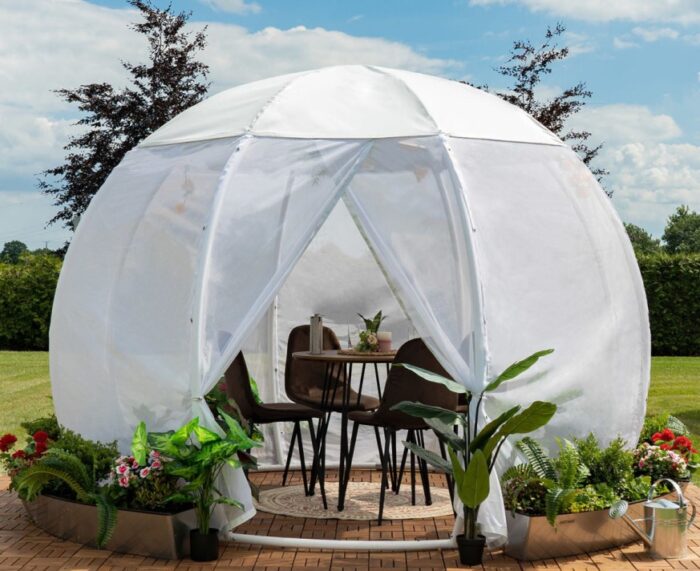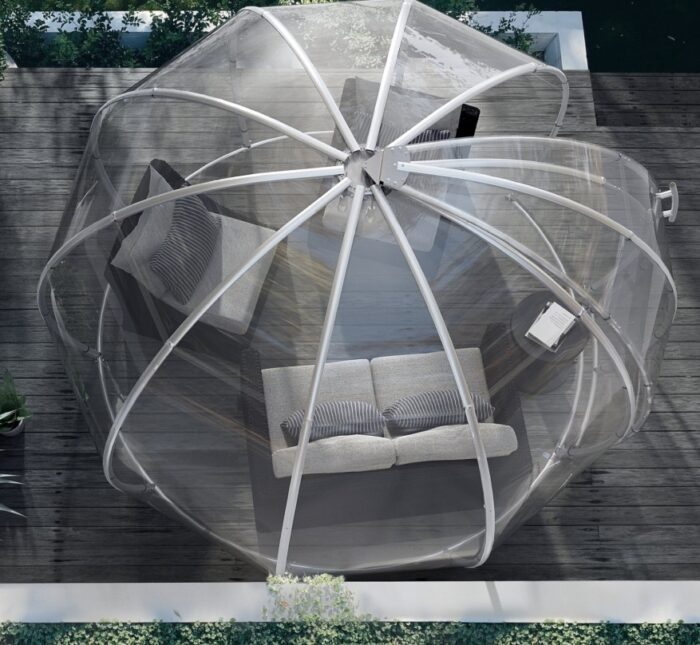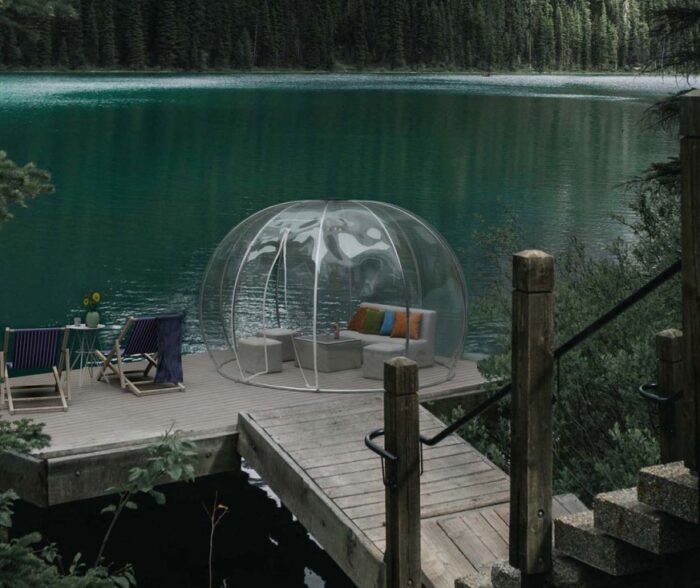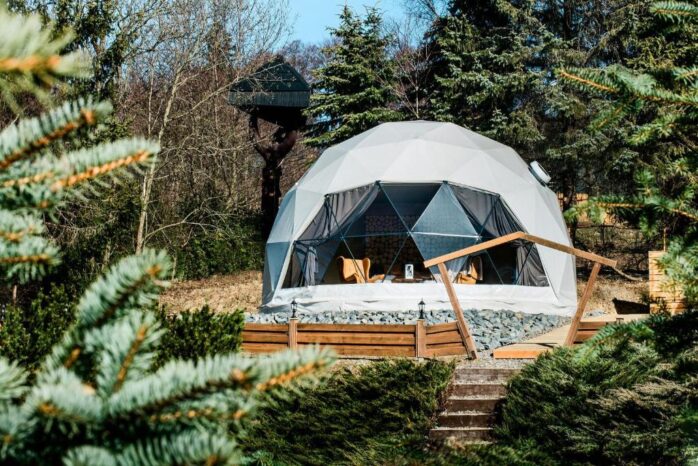
Have you ever stood in the middle of a campsite, feeling overwhelmed by the number of poles, cords, and fabric that compose your dome tent? Don’t worry, because in just a few steps you’ll have your site ready for a night under the stars. Let’s unpack this conundrum together and find out how to assemble a dome tent with ease!
Tent Types and Selection
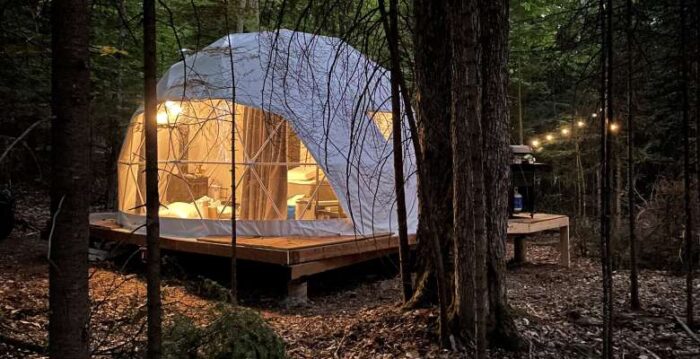
The type of tent and size needed to accommodate the number of people you plan on camping with are key factors in determining which type of tent is right for you.
The majority of dome models come in two, three, or four-person sizes, but manufacturers often rate the capacity differently. Manufacturers typically rate their tents by the number it comfortably sleeps, while also accounting for gear storage and occupant movement.
Two-person models usually have an actual capacity of one to one and a half people, due to limited floor space and low headroom. Three-person tents will comfortably sleep two adults and typically offers enough space for gear inside tor vestibule area nearby.
Four-person domes address a need for more space to sleep and store gear. Double wall Dutch style models are great all-around as they provide living space without compromising low-weight goals as found in some mountaineering-style tents.
When selecting tent domes it’s important to take into consideration your needs both indoors and outdoors such as:
- Levels of ventilation
- Storage features
- Construction quality
- Portability
- Level of occupant comfort (headroom)
- Rain protection specificity (bathtub floors)
- Price
along with other important details that come with different models from different brands.
Preparing the Site
Before assembling your tent, it is important to take the time to properly prepare the site.
- First, clear the area of any sticks and sharp rocks that could damage it.
- Then select a spot that is flat and level, preferably on grass or soil, away from anything with thorns or plants with sharp leaves.
- It is also important to check for any nearby ant hills and make sure they are not disturbed during setup.
- Finally, brush away any additional debris such as twigs and leaves before erecting your tent. Doing this now will save you time in the future if the removal of debris is required before you can break down the tent for storage.
Assembling the Frame
Make sure that all poles are connected according to the manufacturer’s instructions, as different models may require different assembly steps. Depending on the type of tent pole material, there could be two options for connecting poles:
- pressing them together via a pin-and-ring system
- using plastic clips along with sleeves.
Once connected, place each of the assembled poles into their respective grommeted points in a crisscross pattern. Insert each of these guylines and corner stakes at an angle away from your tent.
Attach a camping mallet or wood block to help pound each stake into a level position and make general adjustments related to the incorrect height of the grommets. If your dome tent comes with roof struts or shear panels, these should be added prior to raising or fully supporting the frame of your new shelter.
Start by laying out all of your pole sections or one pre-connected pole on a flat surface. Look for larger diameter and thicker walled poles, which will provide great stability and support while offering superior strength in windy conditions and strong weather conditions.
Next, look for tabs at the corners of the tent that correspond with each pole’s grommet points and insert them into each corner. Gently pull them up with your fingers. For sturdier tension try wrapping a piece of fabric around several fingers before pulling up on each pole section.
Using a downward motion slide all assembled poles through the corresponding reinforced tabs until all pole ends have reached a ground level comparable with that of your tent flooring material. Place some clips along the outside walls, especially around doors so additional support is achieved near entry points in more extreme weather conditions.
Although most four-season tents have advanced technologies that can offer great waterproof protection without these extra clips, they remain an occasional must if extreme weather is expected during camping trips or excursions where 4-season tents are used frequently in multiple climates and locations.
Installing the Cover
Regardless of how you choose to construct your poles, it’s important that you keep track of which end goes where as well as how to unfold them once they’re inserted into their respective holes around the cover.
Now pull each corner tight and stake it down securely in its respective place by using guy lines if necessary. Once everything is tautly held in place, press down firmly on each pole until they are completely set up perpendicularly against the ground.
It’s now time to connect all outer points in order for your tent shape to form correctly and ensure ultimate stability. Use additional guylines or tie-downs as needed around each corner point as well as other more difficult areas with more strain exerted by gusting winds or storms from here on out. Congratulations! You’ve just assembled a dome tent correctly!
Adding Accessories
Depending on the model, these may include a vestibule or canopy, poles for wind and rain protection, insect screens, internal pockets or gear-loft loops, and even closures that keep the door of your tent secure while open or closed.
Adding any of these accessories is relatively easy if you follow the instructions that came with your tent. If you are looking for extra wind and rain protection, it is a good idea to invest in poles made specifically for your model tent.
Conclusion
Assembling a dome tent may seem intimidating at first, but with the right instructions and supplies, it can be done in no time! Following these steps will ensure that you have properly assembled your dome tent so that you can enjoy its benefits on your next camping trip.
With proper care, a quality dome tent should last for many years of use – providing plenty of protection from the elements and plenty of memories along the way. So get out there and explore what nature has to offer!

